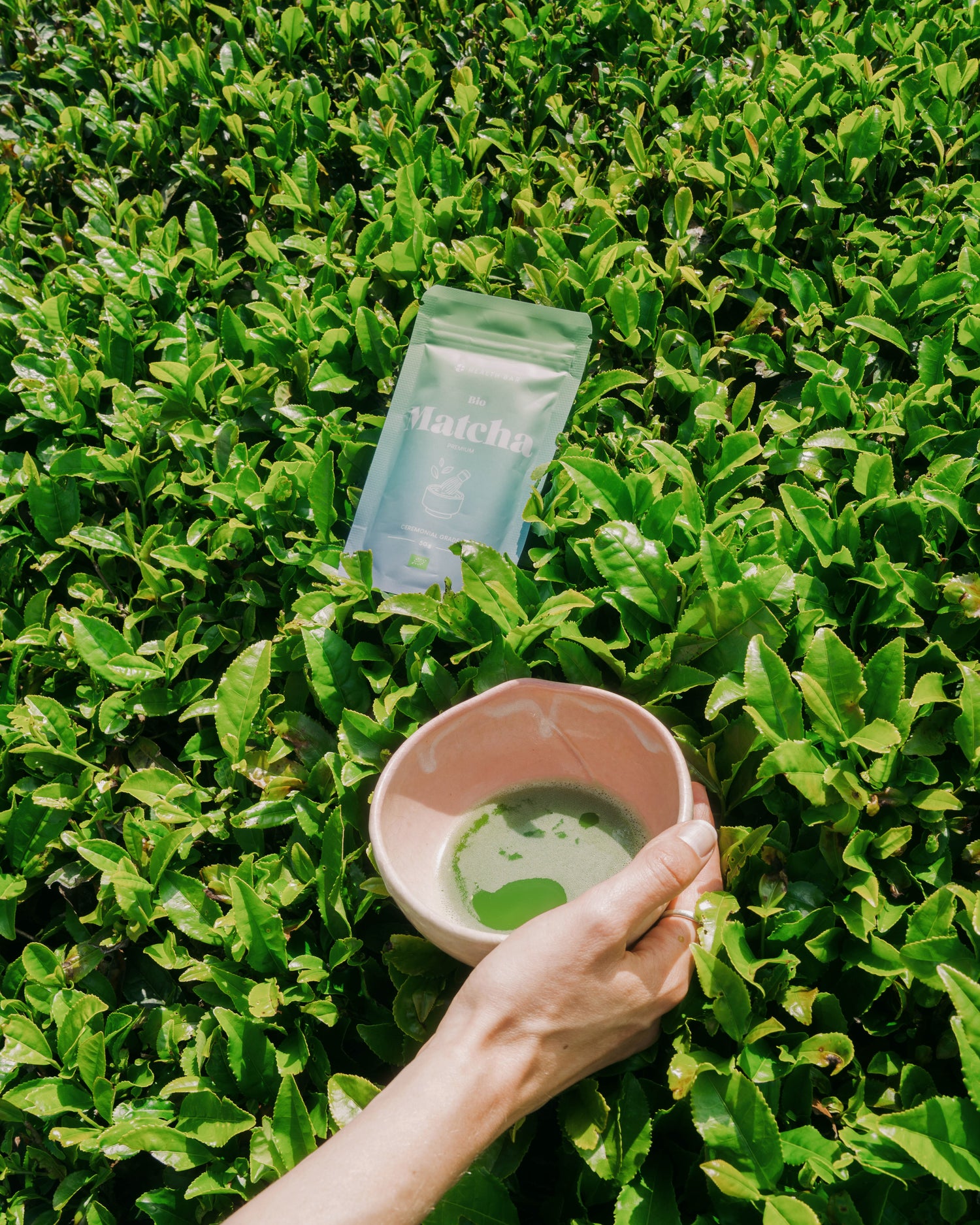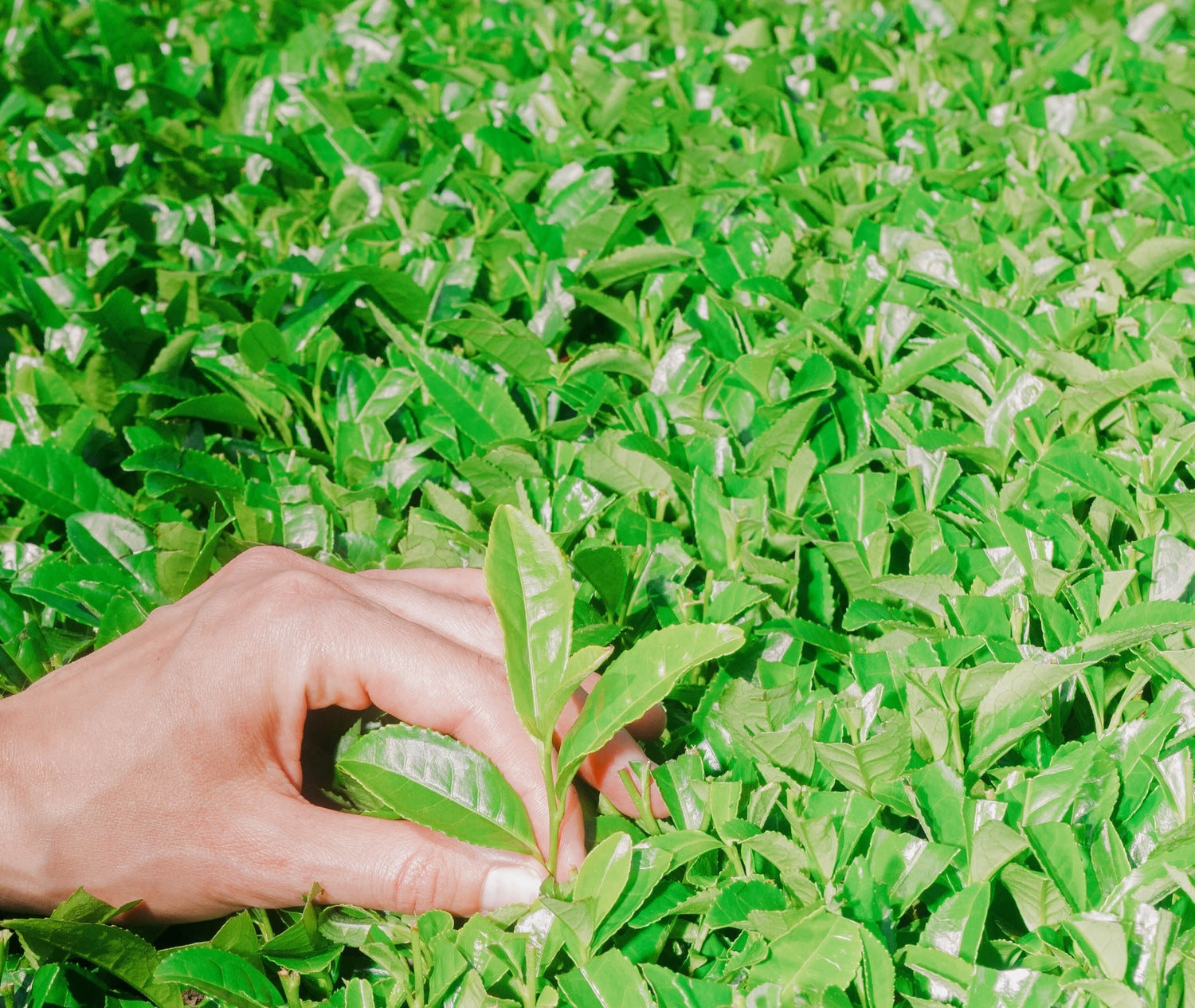
The traditional grinding process
From Tencha to Matcha
Matcha is a high -quality, powdered green tea that has a long tradition in Japanese tea culture. One of the decisive factors for the quality of Matcha is the way the tea leaves are ground into fine powder.
This is where the granite stone mill comes into play, a traditional tool that is still used in modern Matcha production. In this article we take a detailed look at how Matcha is ground with granite stone mills and why this method is so important.
The importance of granite stone mills
Granite stone mills have been an integral part of Matcha production for centuries. These mills consist of two round stones: an upper one that rotates and a lower one that is firmly anchored. The tea leaves are placed in the middle of the upper stone and slowly grind into a fine powder due to the rotation and the weight of the stones.
Advantages of granite stone mills:
-
Maintenance of nutrients
The slow grinding speed (1 mill needs 1 hour for only 30g Matchapulver)And the low temperature that is generated when using granite stone mills helps to preserve the sensitive nutrients and antioxidants in tea.
-
Fine texture
Granite stone mills produce an extremely fine powder that ensures a smooth texture and a rich, full aroma.
-
Tradition and quality
The use of granite stone mills is a traditional process that ensures the quality and authenticity of the Matcha.
The grinding process
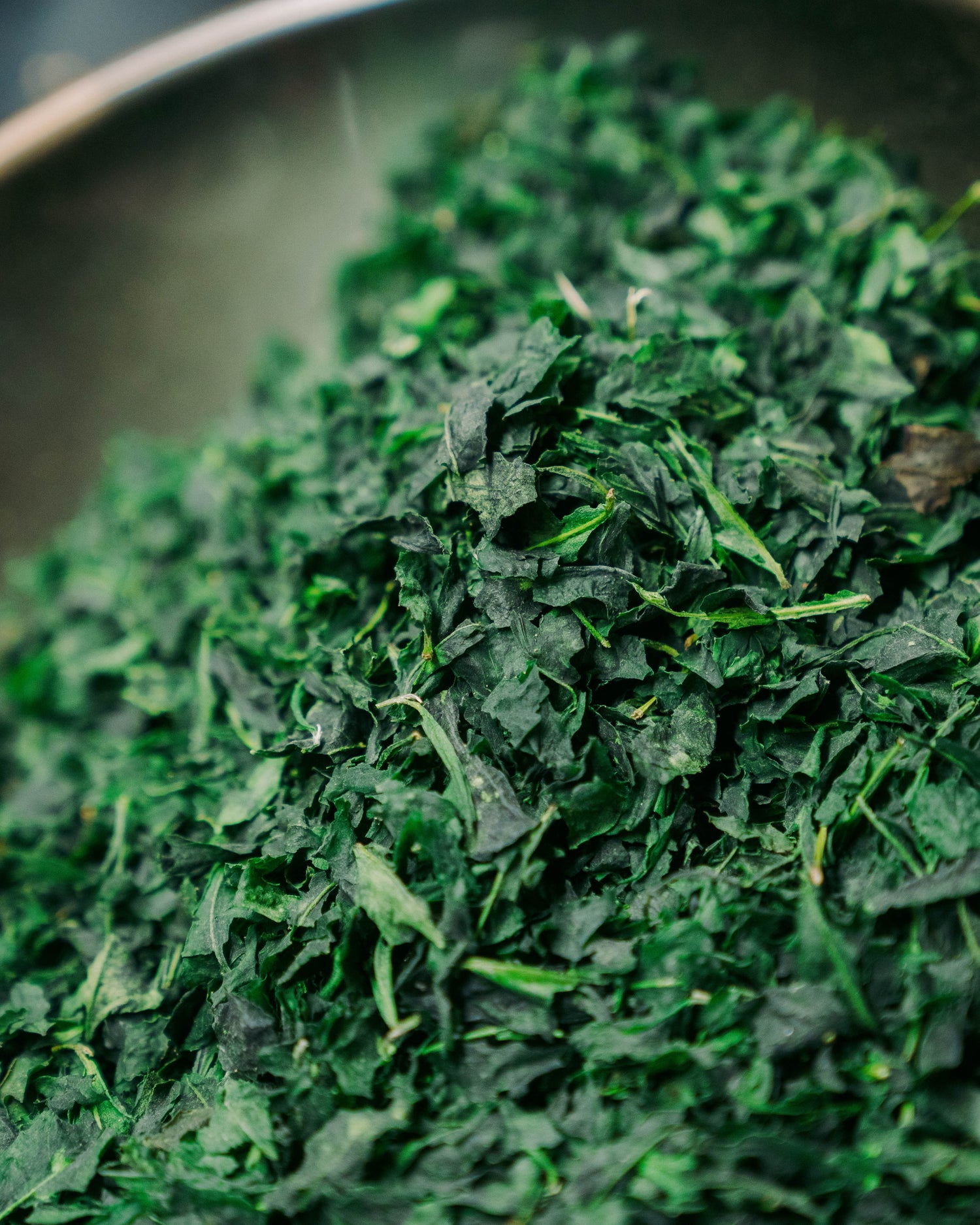
Step 1: Selection of the tea leaves
The process begins with the selection of the tea leaves. Only the highest quality Tencha leaves that are specially grown for Matcha production are used. These leaves are steamed, dried and freed from stems and veins in order to obtain a pure leaf material.
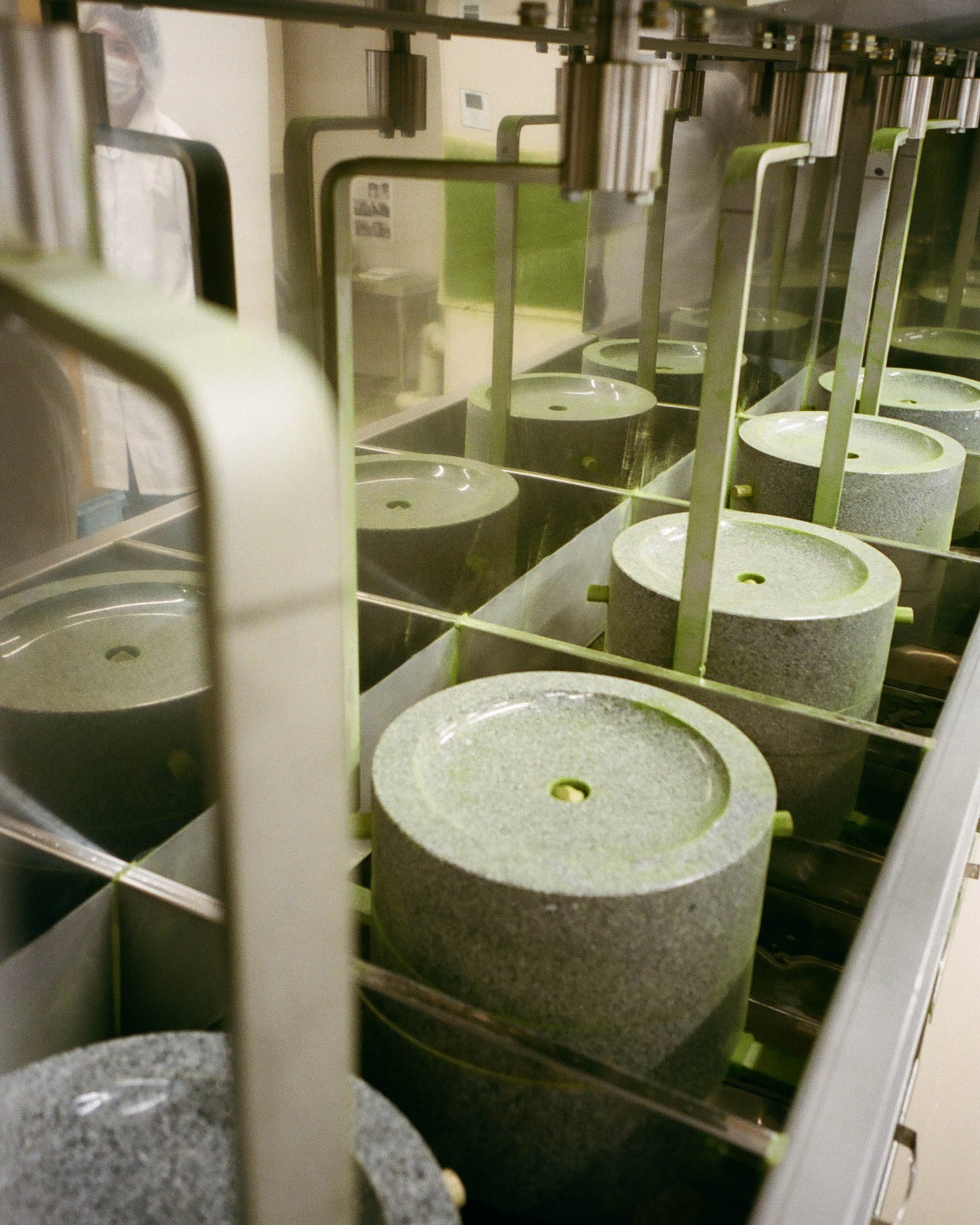
Step 2: Preparation of the mill
Before grinding begins, the granite stone mill is carefully prepared. The stones must be clean and evenly sanded to ensure even grinding. The mill is then set so that the stones have an optimal distance from each other.
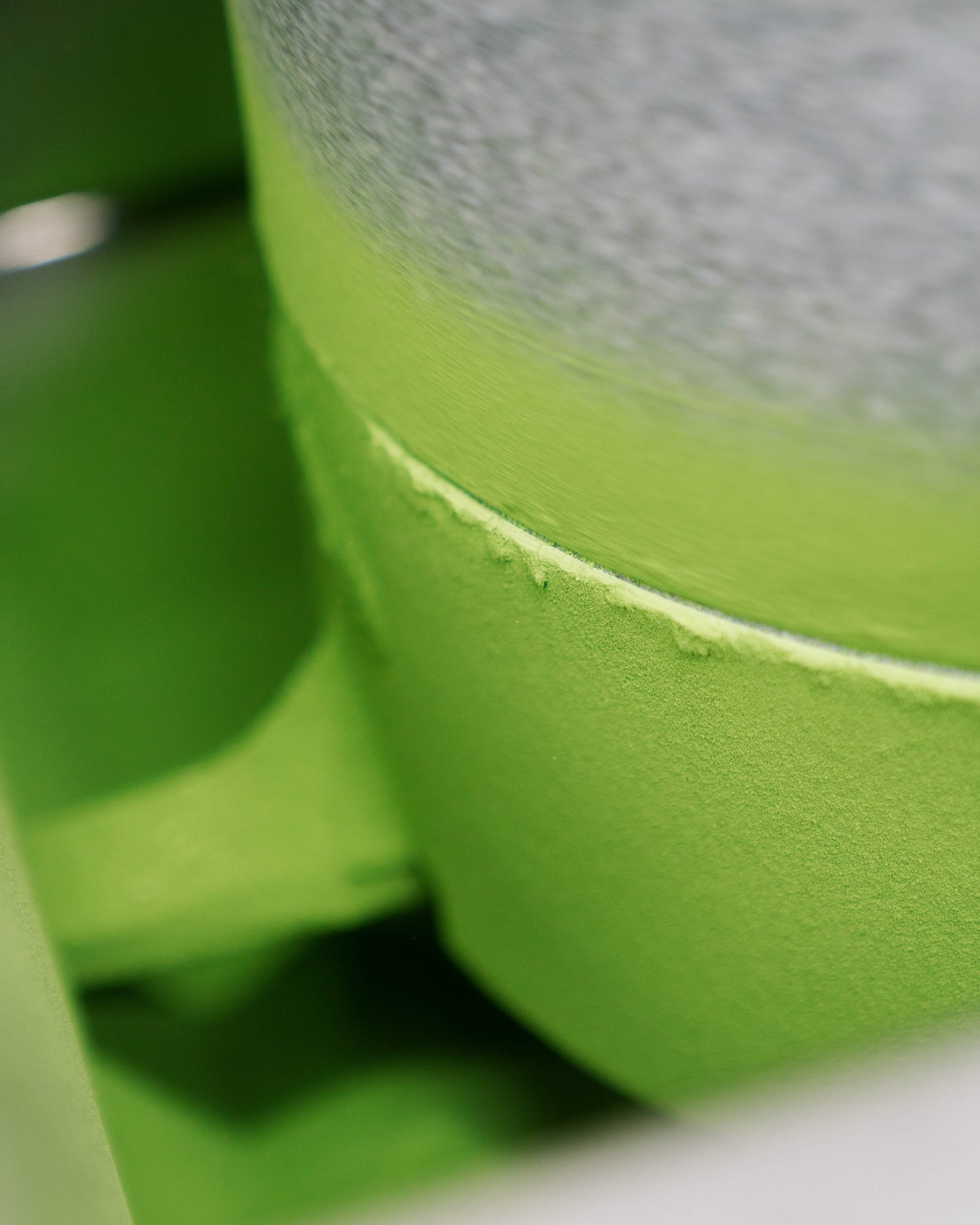
Step 3: grinding the tea leaves
The Tencha leaves are slowly and evenly placed in the middle of the upper stone. Due to the rotation of the upper stone, the leaves between the two stones are crushed. The grinding process can take several hours to create a fine powder of the highest quality. As a rule, a stone mill needs 1 hour to be able to produce 30g Matcha.
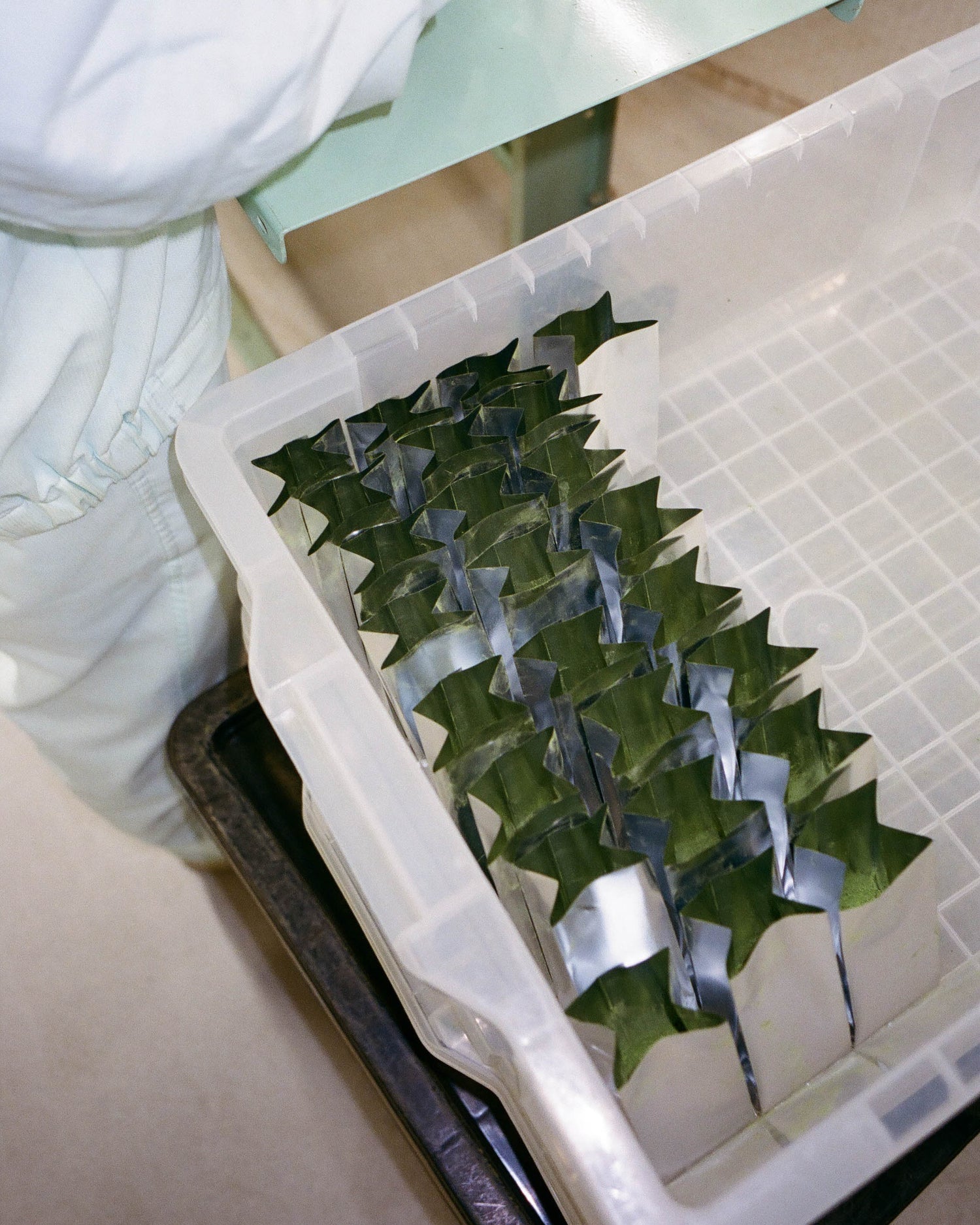
Step 4: Control of quality
After grinding, the Matcha powder is checked for its consistency and fineness. Only powder that corresponds to the high quality standards is packaged and sold.
Why granite stone mills are still the best choice
Although there are modern machines that Matcha can grind faster and more efficiently, many traditional manufacturers prefer granite stone mills. The reason for this lies in the quality of the end product. Granite stone mills create a Matcha powder that is not only superior to the taste, but also contains the maximum amount of nutrients.
The art of matcha grinding with granite stone mills is an extensive and time-consuming process, which is, however, worth the effort. The method ensures that the valuable properties of the tea are preserved and a product of the highest quality is created. The next time you enjoy a bowl of Matcha, remember that this exquisite powder is the result of a centuries -old tradition and careful craftsmanship.

